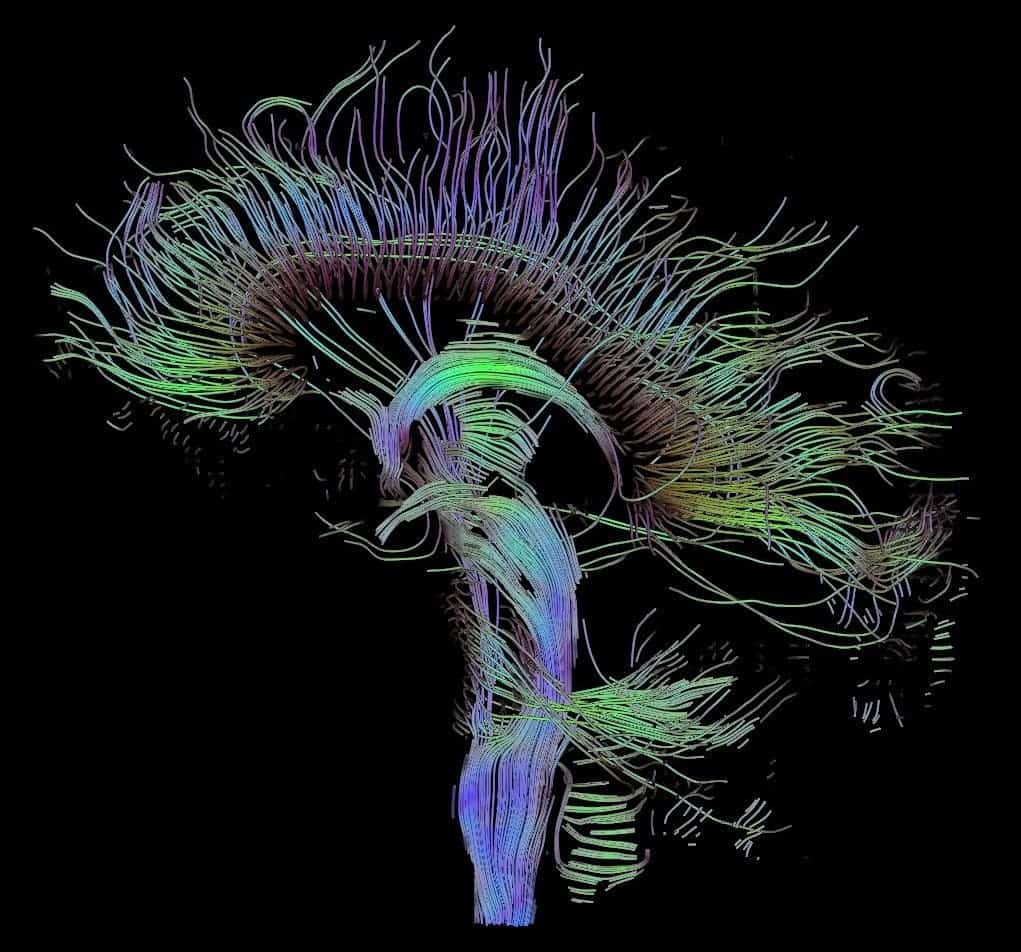It’s no secret that a poor night’s sleep can induce wild mood swings. Many become irritable if they don’t get their usual amount of shuteye, but some are more resilient, being able to forgo sleep with little consequence to their mood. A new study suggests that this may be due to how white matter is arranged in three brain networks.

Studies have shown that when people are sleep deprived, they feel more irritable, angry, and hostile. They may also be more prone to depression.
Sleep deprivation may enhance negative mood due to increased amygdala activity, which is where emotions such as anger and rage are processed. Poor sleep may also decrease the connectivity between the amygdala and other areas of the brain that regulate its function.
In the new study, Sahil Bajaj, a neuroscientist at the University of Arizona, Tucson, recruited 45 healthy individuals who had their brains scanned with an MRI machine. The researchers used a special technique called diffusion tensor imaging (DTI) that allowed them to map how each person’s white and gray matter is connected.
After the benchmark scan, each participant returned to the lab where they had to stay awake for 24 hours. Every hour they had to complete an assessment of their mood.
Those with greater white-matter compactness in three important brain networks — the default-mode network (DMN), control-execution network (CEN), and salience network (SN) — tended to be less irritable and were able to sustain a positive mood despite sleep deprivation, compared to those with lower white-matter compactness.
Gray matter, named for its pinkish-gray color, is made of neural cell bodies, axon terminals, dendrites, as well as nerve synapses. The white matter of your brain and spinal cord is composed of bundles of axons. These axons are coated with myelin, a mixture of proteins and lipids, that helps conduct nerve signals and protect the axons. White matter’s job is to conduct, process, and send nerve signals up and down the spinal cord. In other words, gray matter is made of actual brain cells, while white matter is made of fibers that connect these brain cells together.
The new study found no relationship between gray matter characteristics and resilience in the face of sleep deprivation.
In the future, Bajaj would like to repeat the study with a larger sample size and with more advanced technology in order to improve the imaging resolution. Due to current limitations, it may be possible that there may be a more complex interplay between white and gray matter, on one hand, and sleep deprivation, on the other.
The findings appeared in the journal NeuroImage.



